
Gustave Courbet: Biography, Artistic Works, the Artist's Best Paintings
Gustave Courbet (born on June 10, 1819 - died on December 31, 1877) was a 19th-century French artist, a passionate advocate of pronounced naturalism, who shocked his contemporaries with the detail of everyday scenes. Gustave Courbet's work is considered the final phase of romanticism and a transition to realism.
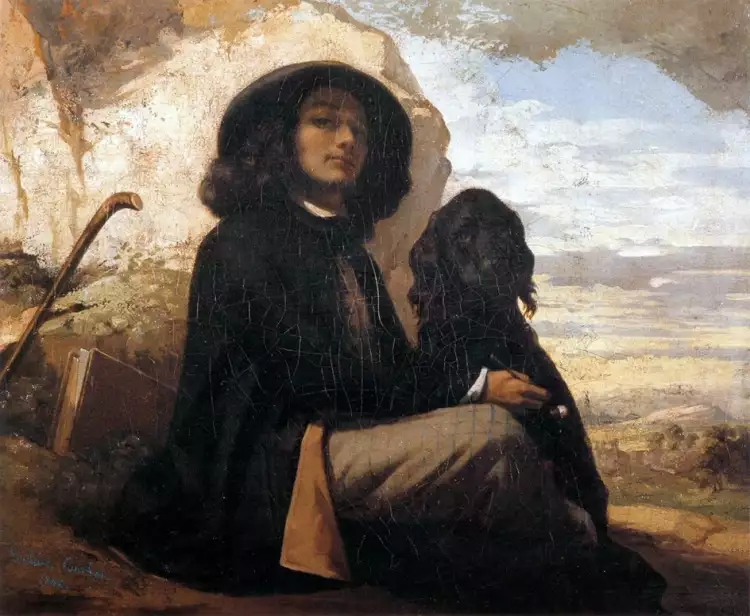 Gustave Courbet. Self-portrait, 1842
Gustave Courbet. Self-portrait, 1842
Gustave Courbet rejected any expression of fantasy, demanding his students to cast aside imitation and seek their own path in representing reality. The painter left behind a vast body of work, with some of his pieces only becoming widely known more than 120 years after his death.
Biography of Gustave Courbet
Gustave Courbet was born on June 10, 1819, in the small town of Ornans in eastern France. His father was involved in winemaking but saw a future for his son in law. When the boy turned 12, he was sent to a seminary. The future artist did not want to conform to strict rules, performed poorly academically, and didn't even develop good handwriting. However, this didn't prevent his father from sending him to the Royal College in the city of Besançon.
Studying law became the reason for the 20-year-old Gustave Courbet to leave for Paris. Here, he first thoroughly acquainted himself with the Louvre's art collection, making numerous sketches and drawings. The somber tones of Dutch and Spanish paintings made a significant impression on the young man.
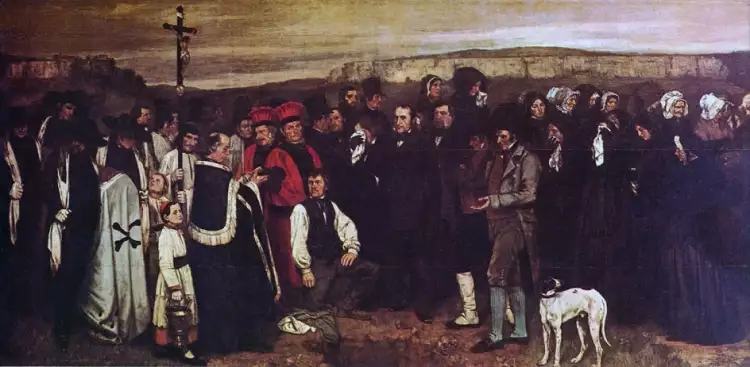 Gustave Courbet. The Burial at Ornans, 1849-1850
Gustave Courbet. The Burial at Ornans, 1849-1850
Gustave Courbet enrolled for studies with the artist of German-Russian origin, Charles de Steuben. However, the dominance of academicism led the young man to reject formal education. Influenced by the works of Frans Hals and Rembrandt, he decided that representing the surrounding reality should be candid and unadorned.
In the 1840s, Gustave Courbet traveled to the Netherlands and Belgium. Upon returning to Paris, he associated only with artists and writers of the realist movement.
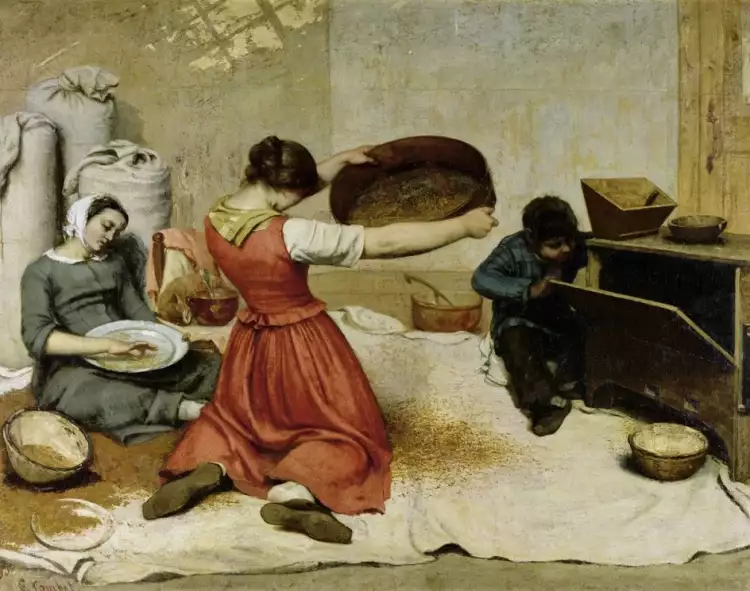 Gustave Courbet. The Wheat Sifters, 1854-1855
Gustave Courbet. The Wheat Sifters, 1854-1855
At World Expositions, Courbet's paintings were often rejected by the juries. In 1855, irritated by the rejection of his work, he organized the Pavilion of Realism in which he presented forty of his works and the "Manifesto of Realism." The audience did not like it, but the artist received praise from Eugène Delacroix and Charles Baudelaire.
Gustave Courbet sincerely despised those who did not accept his views. He refused to participate in the Paris Salons, instead organizing his own exhibitions. In 1871, the painter passionately supported the Paris Commune, taking on the role of Commissioner of Culture. His dream came true: he ordered the destruction of the Vendôme Column.
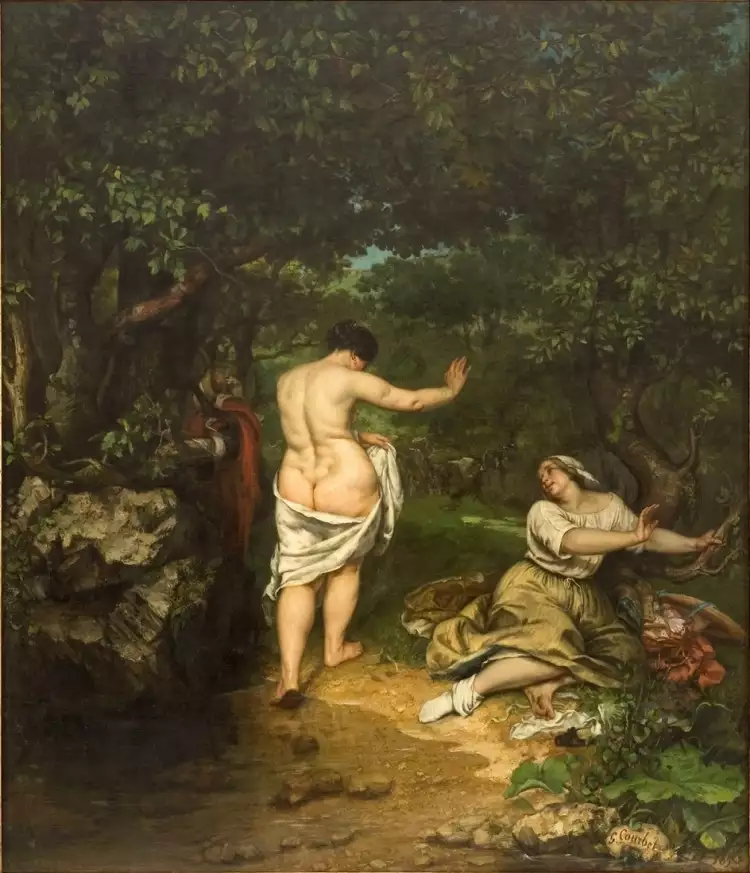 Gustave Courbet. The Bathers, 1853
Gustave Courbet. The Bathers, 1853
The Paris Commune lasted less than three months. Gustave Courbet ended up in prison and was released only on March 2, 1872. The new authorities decided to rebuild the column at the expense of the one who had demolished it. The staggering fine was allowed to be paid in annual installments of ten thousand francs.
Gustave Courbet declared himself bankrupt and went to Switzerland, where he spent his last years. It is said that he had no sense of moderation in anything: he drank a lot, ate even more, had relationships with women, and behaved arrogantly, which even alienated his admirers. He stated that he would not return to France until an amnesty was declared, but most likely, a massive debt held him back.
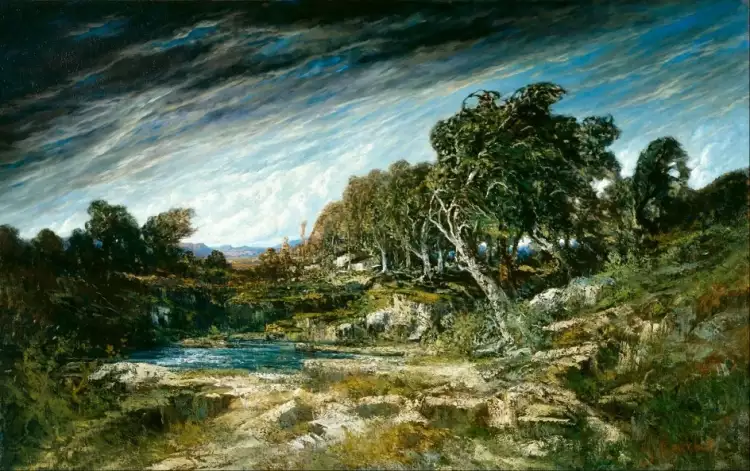 Gustave Courbet. The Gust of Wind, 1865
Gustave Courbet. The Gust of Wind, 1865
On January 1, 1878, Gustave Courbet was supposed to make the first payment, but on the eve, December 31, 1877, the artist died of liver cirrhosis.
Gustave Courbet's Most Famous Paintings
Gustave Courbet's paintings were characterized by their boldness and pronounced realism of the subjects. In our article, we present the most famous works of the painter, which received both positive acclaim and furious criticism:
- "The Burial at Ornans" (1849-1850) - shocked viewers and critics who believed that rural funerals did not deserve the scale of a painting: 3 meters 15 centimeters in height, 6 meters 68 centimeters in width.
- "The Bathers" (1853) - caused a storm of outrage. Critics criticized the naturalism, the heavy female bodies, and the dirty feet. Emperor Napoleon III was particularly offended and struck the painting with his walking stick.
- "The Wheat Sifters" (1854-1855) - depicts a domestic scene from the life of the peasants in his native Ornans. Gustave Courbet used his sisters and son as models.
- "The Gust of Wind" (1865) - is kept in the museum of the Texas city of Houston. According to one version, the Fontainebleau Forest served as the inspiration for the work. The painting is also known as "The Approach of the Storm."
- "Apples and pomegranates" (1871) - was painted during his imprisonment on charges of involvement in the Paris Commune. The painter was allowed to take his easel, which enabled him to create several still lifes of similar content. None of the people around the artist wanted to pose for him.
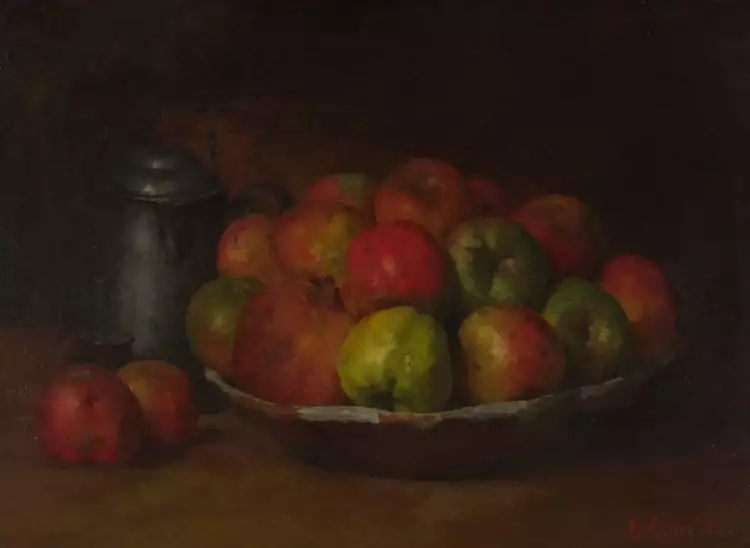 Gustave Courbet. Apples and pomegranates, 1871
Gustave Courbet. Apples and pomegranates, 1871
Gustave Courbet became one of the founders of realism in painting, aiming to depict life as it is. On the Very Important Lot website, you can read about the development of the realistic direction in painting. For art enthusiasts, there is an opportunity to participate in auctions and acquire paintings, drawings, and sculptures by famous masters at a reasonable cost, enriching their collection with works by talented contemporary artists.
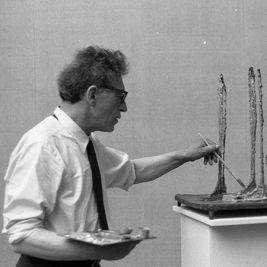 Alberto Giacometti was a great sculptor of the 20th century who relentlessly shattered the stereotypes of art in search of creative self-expression
Alberto Giacometti was a great sculptor of the 20th century who relentlessly shattered the stereotypes of art in search of creative self-expression 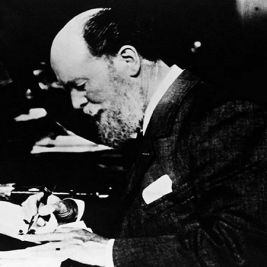 Carl Fabergé - a Russian jeweler known throughout the world
Carl Fabergé - a Russian jeweler known throughout the world 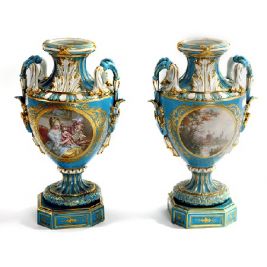 French Porcelain: History of Development and Top Manufactories
French Porcelain: History of Development and Top Manufactories  The Timeless Charm of Vintage Ephemera: A Collector's Guide
The Timeless Charm of Vintage Ephemera: A Collector's Guide  Landscape - a genre in painting: views, history, evolution
Landscape - a genre in painting: views, history, evolution  The Rise of Generative Art: Bridging Technology and Creativity
The Rise of Generative Art: Bridging Technology and Creativity  Acrylic is a painting technique and a type of artistic paint: essence, history, advantages, application
Acrylic is a painting technique and a type of artistic paint: essence, history, advantages, application  Postmodernism style in interior design - a game without rules
Postmodernism style in interior design - a game without rules  The Return of Nature: Embracing Nature Renewal Art in 2024
The Return of Nature: Embracing Nature Renewal Art in 2024  Edward Munch—the creator of nightmares and the singer of anxiety
Edward Munch—the creator of nightmares and the singer of anxiety